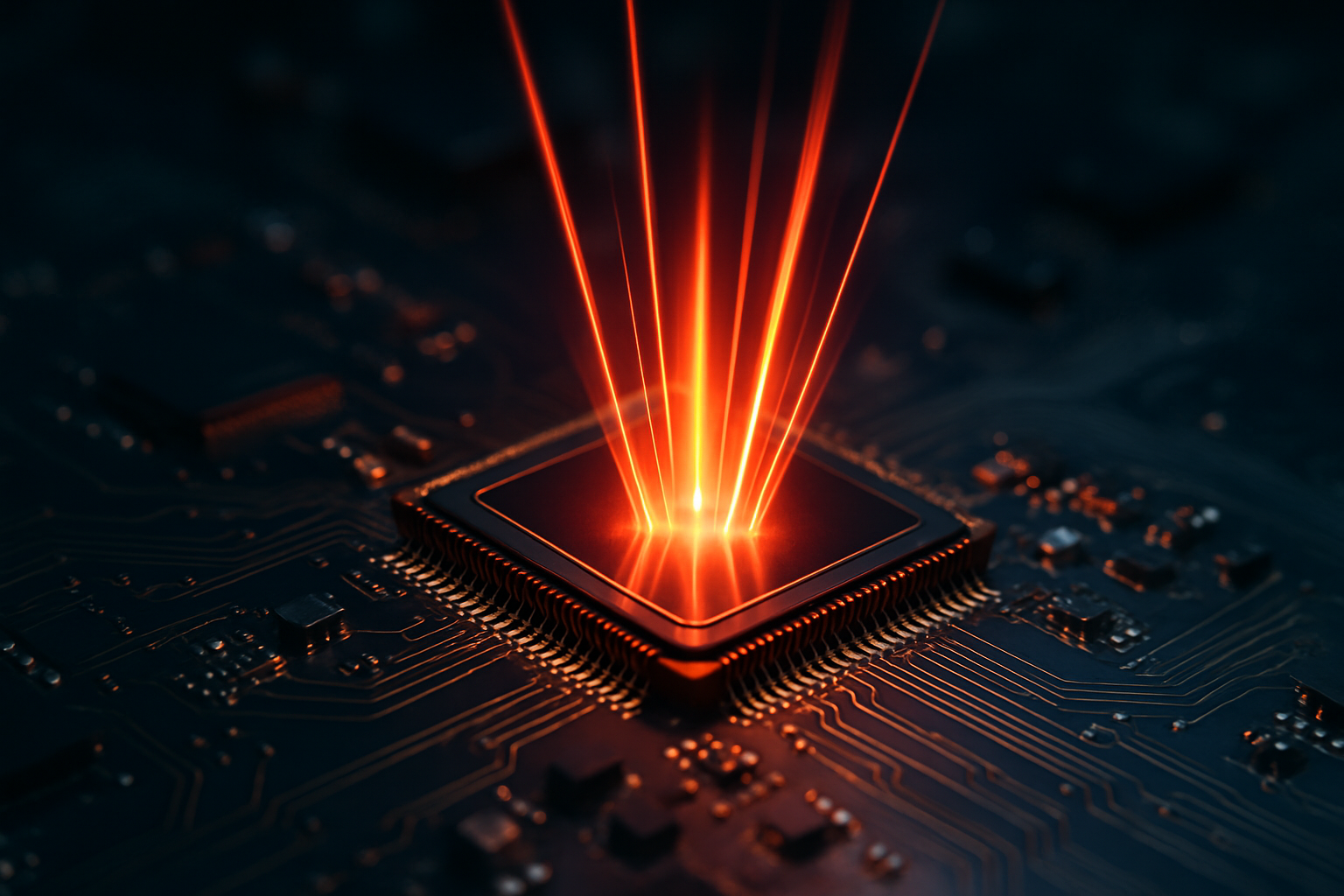"Breaking Down the Intricacies of Photonic Computing"
In the ever-evolving world of technology, there's a new player on the horizon that promises to revolutionize the way we compute: Photonic Computing. This article delves into the fascinating world of light-based computing, tracing its historical roots, current developments, and potential future impact.

A Glimpse into the Past: The Genesis of Photonic Computing
Photonic computing, at its core, is the use of light, rather than electricity, to perform computing tasks. The concept isn’t new—it dates back to the 1960s when scientists first started exploring the potential of light in computing. However, it wasn’t until the advent of fiber-optic technology in the 1980s that the idea gained traction. The ability to transmit data at the speed of light opened up a world of possibilities, and researchers began to seriously consider the potential of photonic computing.
The Present: Current Developments in Photonic Computing
Fast forward to today, and photonic computing is no longer a distant dream. Several tech giants, including Intel and IBM, are investing heavily in research and development in this field. The most significant breakthrough came in 2020 when researchers at the University of Oxford successfully developed a photonic computer chip that can process information 1000 times faster than its electronic counterparts.
The Future: The Potential Impact of Photonic Computing
The potential impact of photonic computing is immense. It promises to revolutionize everything from data centers to artificial intelligence. By replacing electrons with photons, we can create computers that are not only faster but also more energy-efficient. This could significantly reduce the carbon footprint of data centers, which currently account for about 2% of global carbon emissions.
Moreover, photonic computing could also pave the way for quantum computing. Photons, unlike electrons, can exist in multiple states at once, a property that is essential for quantum computing.
The Price Tag: The Cost of Photonic Computing
While the benefits of photonic computing are clear, it’s important to consider the cost. Developing photonic computer chips is an expensive endeavor, and it’s likely that the initial price tag will be high. However, as with any new technology, the cost is expected to decrease over time as the technology becomes more widespread.
The Dawn of a New Era in Computing
Photonic computing represents a significant leap forward in the field of technology. While there are still many challenges to overcome, the potential benefits are too great to ignore. As we continue to push the boundaries of what’s possible, it’s clear that the future of computing is bright—quite literally.





